Access to Health Care: An individual’s ability to obtain needed health care services when they need it.
Benefit Package: A defined set of services or benefits that an insurer provides to subscriber groups or individuals.
Capitation: Refers to the practice by managed care organizations to set a specific amount to be paid per member per month. Health care providers therefore know in advance how much money they can collect from their ‘capitated’ population, regardless of what services are actually performed.
CCO: See Coordinated Care Organization.
Consumer-Driven Plans: Health plans that provide employees with funds that the employee, rather than the employer, uses to purchase health care services or insurance. The idea is to allow employees to make their own cost-benefit decisions, selecting those providers, services, and insurers that provide the most value to them as consumers.
Coordinated Care Organization: The Coordinated Care Organization is a multi-specialty medical group, physician organization, or health system that strives to integrate and coordinate the work of a community of physicians and health care professionals to provide comprehensive outpatient services for patients. These health care professionals work in teams and are supported by the organization’s work flow processes, communications procedures, and payment systems to easily get patients the care they need when they need it. More info.
Co-payments: Health care related costs that a consumer pays out-of-pocket. These are in addition to what is paid by other parties. Co-payments are very common with prescription drugs, and in many plans also apply to office visits and other services.
Cost-sharing:A health insurance policy provision that requires the insured party to pay a portion of the costs of covered services. Deductibles, co-insurance, and co-payments are all examples of cost-sharing.
Cost-shifting: The process of passing the costs of health care from one group to another, most commonly seen in 1) employers expecting employees to pay a greater share of their employer-provided health care expenses; and 2) insurance premiums being raised to cover the cost of caring for the uninsured.
Deductibles: Similar to car insurance, deductibles are health care related costs (either annually, over a lifetime, or case-specific) that an individual must pay out-of-pocket before any additional costs will be picked up by the insurance company. For example, you might be required to pay any hospitalization costs up to $1,000. Usually, higher deductibles result in lower annual premiums.
Defensive Medicine: Describes physicians’ practice of providing more diagnostic and therapeutic services as a means of reducing their risk of liability for negligence in medical injury malpractice suits.
Defined Contribution: A pre-set dollar amount representing the maximum employer contribution to health care benefits for a given period of time.
Employer contribution: The money that an employer pays for its employees’ health plan. Employer contributions vary widely and can be based on percentage of cost, length of employment, family circumstances, or a flat fee.
Employer Mandate: A plan which requires that employers pay all or part of their employees’ health insurance premiums, or pay into a fund that provides the required insurance.
Environmental Health: concerned with all aspects of the natural and built environment that may affect human health.
Health Equity: “Health equity is achieving the highest level of health for all people. Health equity entails focused societal efforts to address avoidable inequalities by equalizing the conditions for health for all groups, especially for those who have experienced socioeconomic disadvantage or historical injustices” (Virginia Department of Health 2010). A helpful description of health equity, health disparities and the social determinants of health can be found in this summary, published by the Grantmakers in Health in March 2010.
Health Information Exchange (HIE): provides the capability to electronically move clinical information among disparate health care information systems while maintaining the meaning of the information being exchanged. The goal of HIE is to facilitate access to and retrieval of clinical data to provide safer, more timely, efficient, effective, equitable, patient-centered care. HIE is also useful to public health authorities to assist in analyses of the health of the population.
Health Insurance Exchange: a way to compare and purchase health insurance, either via the web or with in-person help. Insurers can offer plans through the exchange that meet a set of criteria to be identified by the federal government and Oregon’s Health Insurance Exchange Corporation. Small employers (50 and fewer employees) can offer their employees insurance through the exchange, and may be eligible for tax credits for doing so. If individuals are eligible for Federal subsidies they must purchase insurance through the Exchange in order to receive the subsidies. It is the main thrust of the health reform bill passed by Congress, the Patient Protection and Affordable Care Act. some states have chosen to operate there own exchanges (as Oregon has done) or can have the federal government operate an exchange in their state.-
Exchanges are intended to be a governmental or quasi-governmental entity to help insurers comply with consumer protections, compete in cost-efficient ways, and to facilitate the expansion of insurance coverage to more people. Exchanges are not themselves insurers, so they do not bear risk themselves, but determine which insurance companies are allowed to participate in them.
Health Maintenance Organization (HMO)A managed care business that organizes health care services for its members, either on a for-profit or a not-for-profit basis. They are responsible for the financing and delivery of a comprehensive set of benefits for their enrolled members.
Individual Mandate: A plan that requires that individuals purchase their own health insurance, just as they do car insurance.
Managed Care: Managed care is a term that describes systems where the health plan attempts to control or coordinate services delivered and used by its members. The purpose of these arrangements can be to save costs, improve quality, or both.
Medicaid: a federal and state health insurance program for qualifying persons with low income. It also provides coverage for acute and long term care.
Medicaid (Federal) Waivers:The Department of Health and Human Services (DHHS) can waive certain requirements of federal law and regulation in order to encourage innovation and provide states with greater flexibility in their Medicaid and State Children’s Health Insurance Programs (SCHIP). These waivers can enable states to better tailor their programs to meet local needs, and they allow states to experiment with new approaches of providing health care services to Medicaid and SCHIP recipients.
Medical Savings Accounts: Savings accounts through which individuals assume their own risk for minor and major medical needs.
Medicare: a national universal health insurance program for people aged 65 and older and for people with disabilities. It is funded by payroll taxes and modest premiums paid by beneficiaries.
Means Test: The criteria by which an individual’s or family’s income and assets are evaluated for eligibility in a public program, such as Medicaid.
Pay or Play: A system that would guarantee health insurance for everyone by requiring employers to either play by providing insurance to employees or pay into a fund to cover the costs of the uninsured and unemployed people.
Public Health: “the science and art of preventing disease, prolonging life and promoting health through the organized efforts and informed choices of society, organizations, public and private, communities and individuals” (1920, C.E.A. Winslow). It is concerned with threats to the overall health of a community based on population health analysis.
The population in question can be as small as a handful of people or as large as all the inhabitants of several continents (for instance, in the case of a pandemic). Public health is typically divided into epidemiology, biostatistics and health services. Environmental, social, behavioral, and occupational health are other important subfields.
Preferred Provider Organization (PPO):A managed care plan that contracts with networks or panels of providers to provide services and to be paid on a negotiated fee schedule. Enrollees are offered a financial incentive to use providers on a preferred list, but may use non-network providers as well.
Purchasing Pool: Grouping together many small business employers, their employees, and dependents into a larger pool to offer choice of benefits and stability of rates similar to large employers.
Risk Pooling/Sharing: The idea that the greater the number of people who are insured, the more you accurately can predict claims against the pool. That is, larger groups of people allow insurers to use anticipated savings from healthier persons to balance the risks of losses in covering unhealthier persons.
Safety Net: Services and programs, government-sponsored and private, that provide health care regardless of insurance status or ability to pay. This generally includes Medicaid, community health centers, public hospitals, and hospital emergency rooms.
Single Payer Systems/Programs: A financing mechanism for health care delivery in which payers (individuals, employees) contribute to a single fund that reimburses providers of health services. The VA and Medicare are often referred to as examples of single payer within the U.S.: many consumers, many providers, and a single entity (the federal government) paying for all covered services.
Universal Coverage: Basic health insurance coverage for an entire population which is financed through taxes – either from individuals, employers, or both.
Universal Health Care: A health system designed to guarantee that everyone has access to quality health care that is comprehensive and affordable.

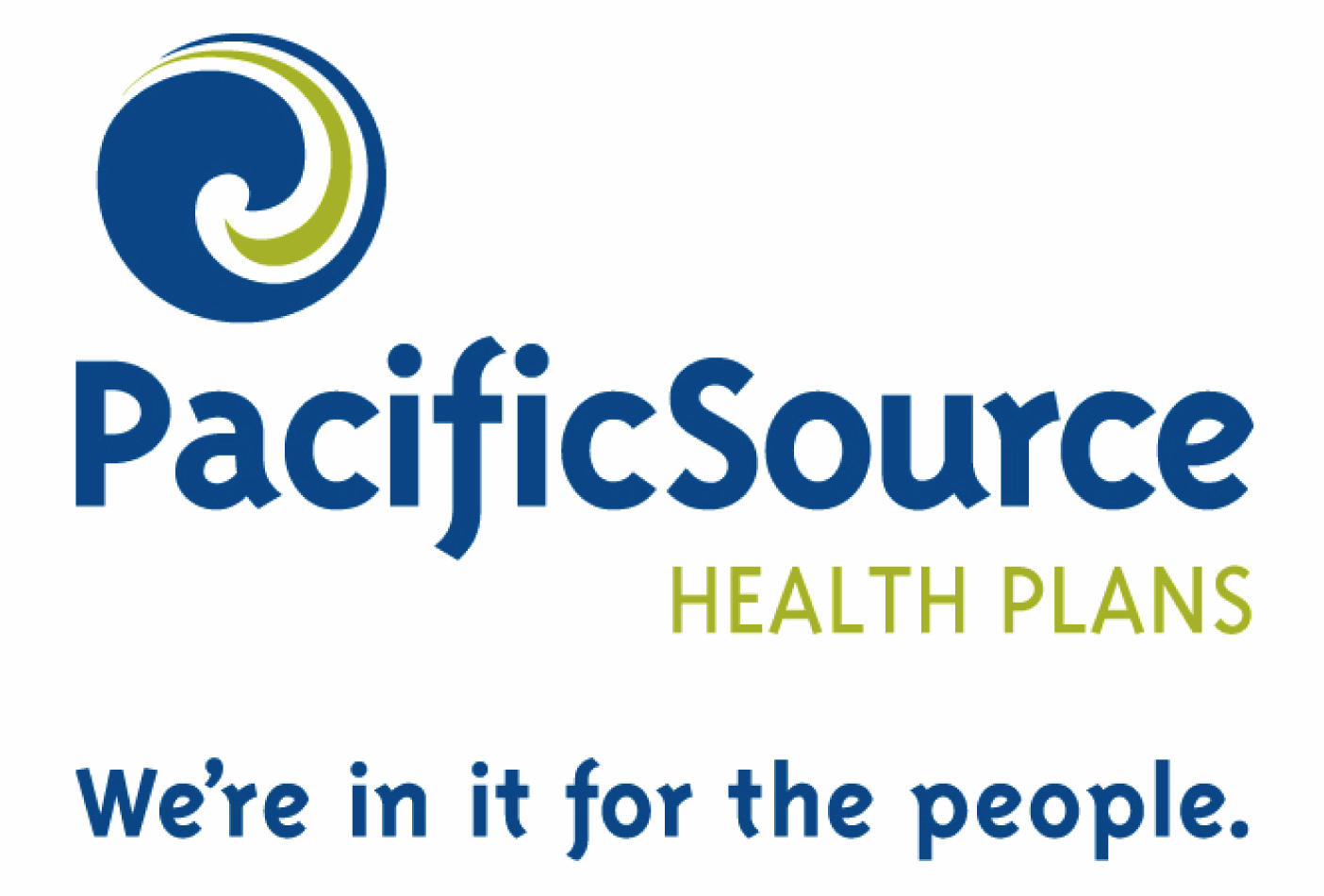
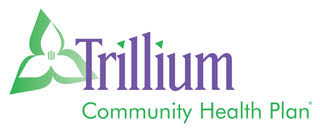
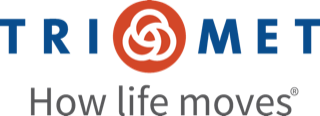

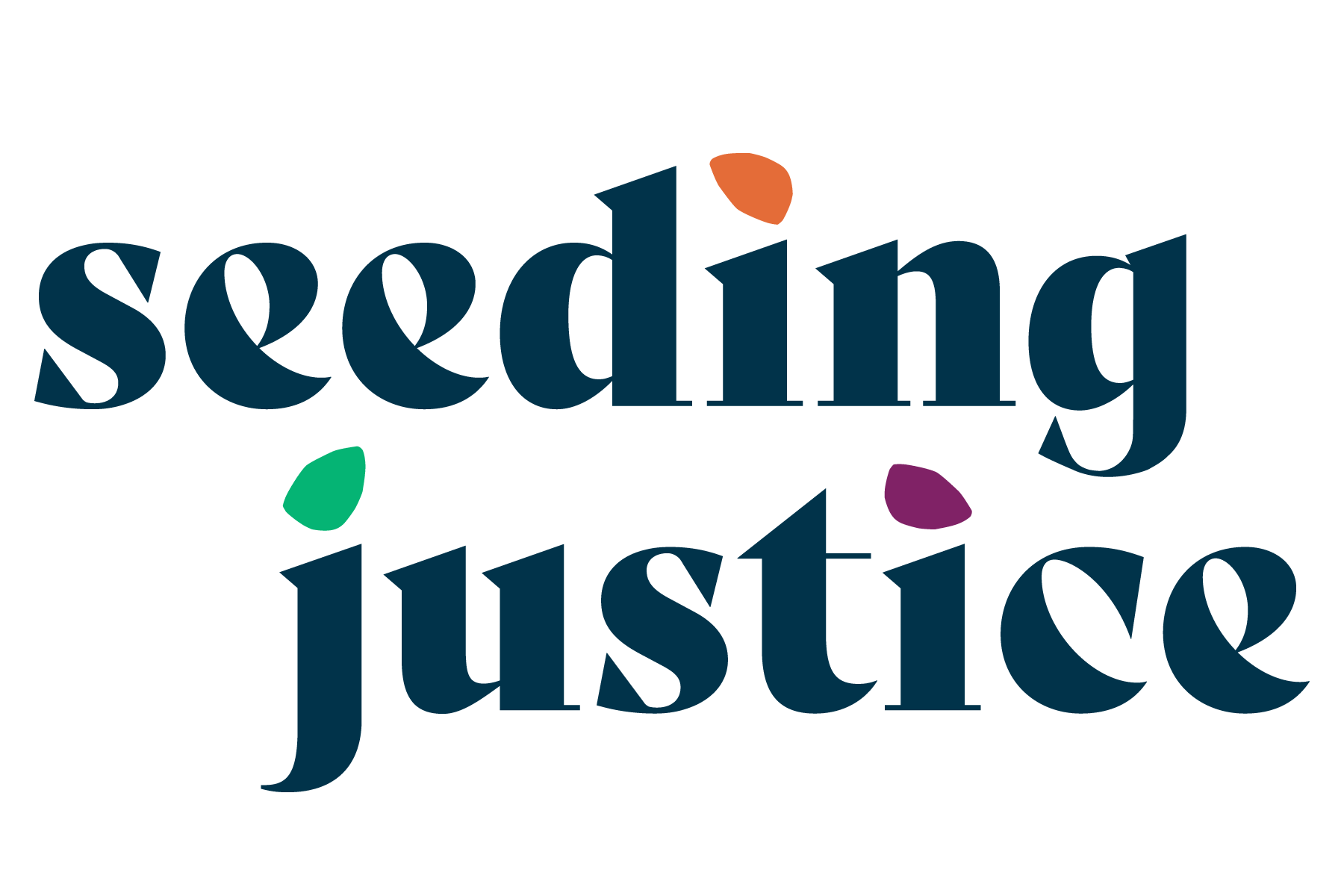

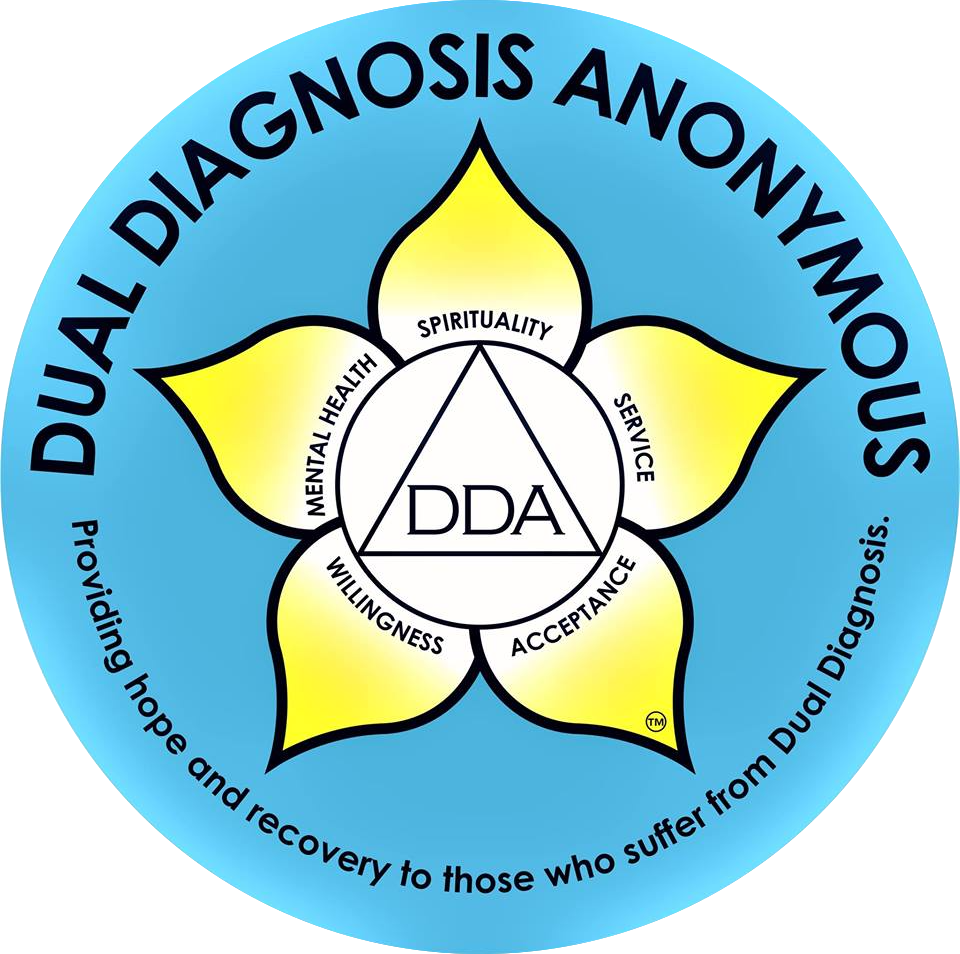


Recent Comments